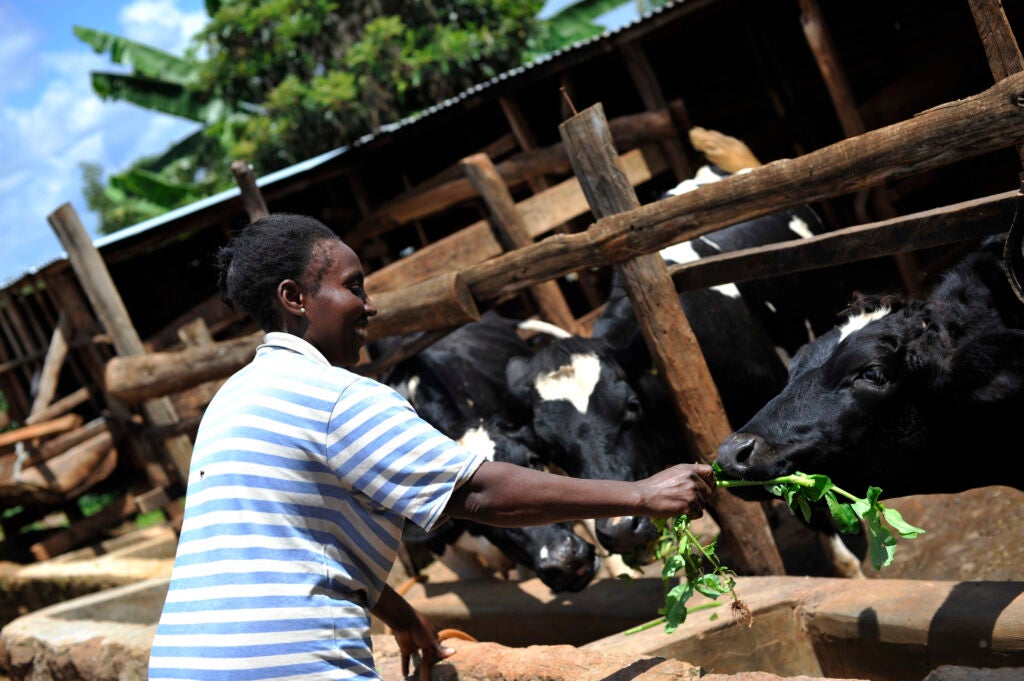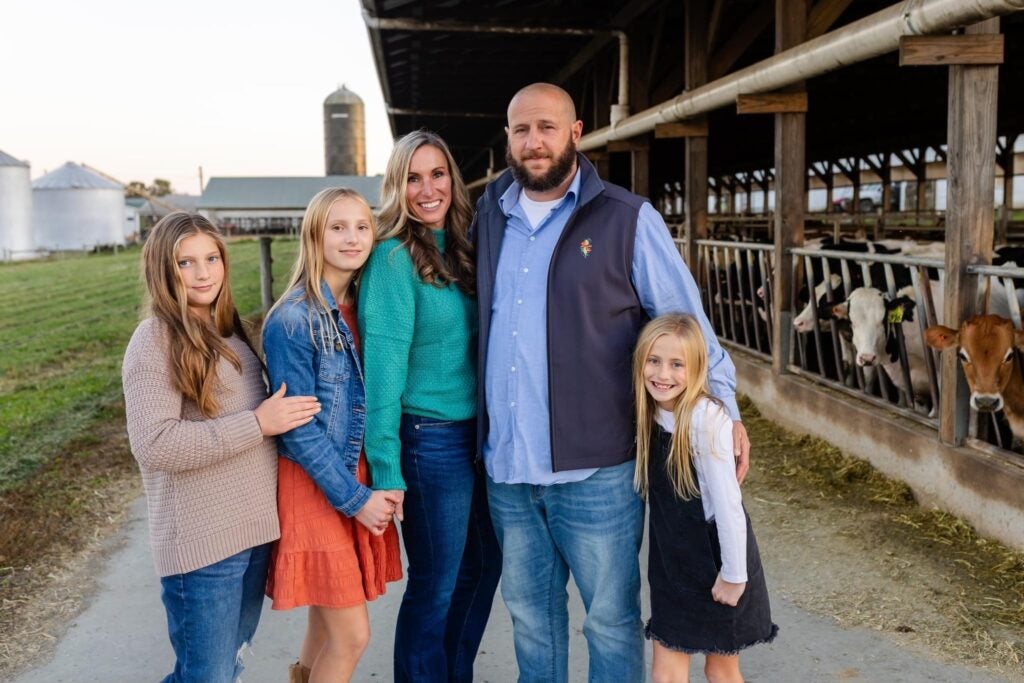The Trump administration has just announced that they will redefine which wetlands and waters have Clean Water Act protections in a new proposed Waters of the United States (WOTUS) rule. This rule creates tremendous uncertainty and risk for our nation’s drinking water, flood protections and critical habitats. Based on our peer-reviewed analysis, the new wetland rules could leave nearly all wetlands without Clean Water Act protections.
Growing Returns
Trump’s new proposal will dismantle wetlands protections and increase flood risk
New York City needs affordable, climate-resilient housing. There are policy solutions to help us get there.
New York City faces a twin crisis: housing that is increasingly unaffordable, unavailable and unsafe, and climate impacts—like flooding, sea level rise and extreme heat—that are growing more frequent and severe. In fact, more than half of all households are rent-burdened and tens of thousands of those homes are facing climate risks. Low-income residents and communities of color are affected disproportionately by both crises.
Why we need a Scientific Framework for the Mississippi River Basin
Managing the Mississippi River Basin at a state level is like making a movie without the director, writers, and actors talking to each other. Despite being the largest watershed in the country, the Mississippi River Basin has no comprehensive restoration program.
Natural infrastructure solutions demonstrate measurable flood risk reduction: A case study of the Prairie Creek Watershed
Flooding is a growing issue for communities across the United States. And the challenge is not just coastal. In recent years, inland communities that sit near rivers and waterways have experienced more frequent and intense flood events, causing infrastructure damage, social disruptions and economic losses. Much of this can be attributed to the increases in precipitation combined with declines in watershed health of the surrounding lands due to development and agricultural use.
Climate Change Demands a Global Paradigm Shift in our Relationship with Wildfires
A few weeks ago, the Canadian province of Manitoba declared a state of emergency as a result of wildfires, with Manitoba Premier noting “this is the largest evacuation Manitoba will have seen in most peoples’ living memory”. This marked an ominous start to the country’s wildfire season, with about 225 wildfires burning, half of them out of control, by mid-June and some already turning deadly. Canada is not alone in facing a crisis. Wildfires are intensifying in fire-prone areas, and emerging in regions that have never previously grappled with high fire risk. In January, outside the typical fire season, Los Angeles was on fire for weeks. In 2024 alone, countries including Brazil, Bolivia, Peru, the Republic of Congo, Greece, Portugal and Canada battled devastating blazes.
Animal health is key to healthy people and planet
Maintaining animal health isn’t only an essential practice for livestock farming, though any farmer or rancher will agree that’s true. It’s also a way to lower the methane intensity of the meat and dairy produced by livestock and improve health and livelihoods for people, which is particularly important for smallholder farmers in low-income countries.
Livestock farming contributes more than one-third of human-caused methane emissions, a powerful super-pollutant responsible for much of the additional warming and extreme weather the world is facing. At the same time, animal agriculture both provides critical nutrition and supports the livelihoods of millions of families, benefits that are now at risk due to heatwaves, droughts and other climate impacts.
Without financing solutions, farmers have to leave money — and environmental benefits — on the table
This op-ed was originally published in Hoard’s Dairyman. Since its initial publication, the financial uncertainty for farmers engaging in conservation practices has grown substantially. Ongoing trade negotiations, tariffs and blocked funding for existing U.S. Department of Agriculture contracts for conservation expenses and the uncertainty of future funding for conservation programs intensify the financial challenges faced by dairy farmers.
Dairy farmers are already part of a high-risk industry — the experience shared below shows how difficult it can be to align funding opportunities with farms’ financial needs. Now, farmers are being left to absorb that risk with less support. To continue producing food for their communities and responsibly stewarding natural resources, farmers will need more flexibility from financial institutions and greater investments from stakeholders advancing sustainable agriculture.
By Alice Crothers
Four takeaways from a year of global action on food, agriculture and climate
Global leaders increasingly recognize that agriculture and food systems must be part of solutions to the climate crisis. From the first Food Systems Pavilion at a UN climate conference in 2022, to 160 countries recognizing food and agriculture as a climate imperative in 2023, food advocates came into the 2024 UN climate conference, COP29, with wind in our sails. We made progress, but the world needs to do more — and quickly.
As we close out the year and look ahead to COP30 in late 2025, significantly more work remains to ensure farmers, fishers and ranchers can feed a growing population and lower climate pollution from food systems.
Here are four reflections from EDF and our partners about the progress made this year and the urgent work that remains to make farms and food systems more resilient, sustainable and equitable.
To feed a growing population, farmers need quality financing to flow
Agriculture is both a driver of climate change and on the frontlines of climate impacts. A variety of farming practices, technologies and system changes can reduce emissions to help stabilize the climate and build resilience to help protect global food production. However, a lack of access to fit-for-purpose finance keeps farmers from transitioning to climate-smart farming practices.
This year at COP29 in Baku, Azerbaijan, countries will gather to set a new global climate finance goal, known as the New Collective Quantified Goal (NCQG), for how much money high-income countries will provide to low-income countries for climate action.
This negotiation presents an opportunity to elevate farmers’ needs in financing the climate transition in agriculture.
How a producer-led movement to diversify food production can strengthen global food supply
As the world faces growing climate impacts and shocks, the need for a more sustainable and resilient food system has never been more urgent. Last year, the Kansas wheat harvest, known as a bellwether for global agriculture, hit a 60-year low due to severe drought. Record-breaking floods decimated European harvests in the same year.
Climate-driven impacts, such as prolonged droughts, severe floods and unprecedented temperature shifts are already creating lasting repercussions for global agricultural and fishing communities. This instability affects local communities, jeopardizing livelihoods and food security. One strategy to enhance the resilience of aquatic and terrestrial food systems is food production diversification. Read More














